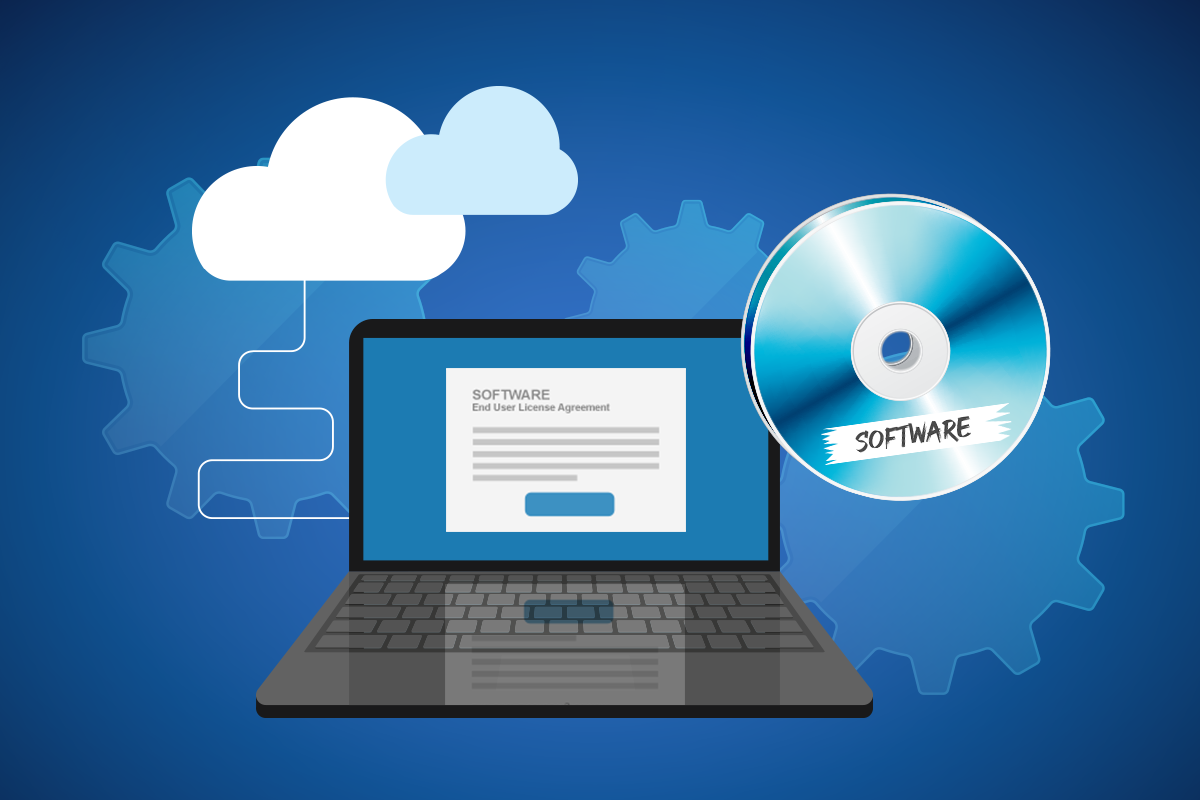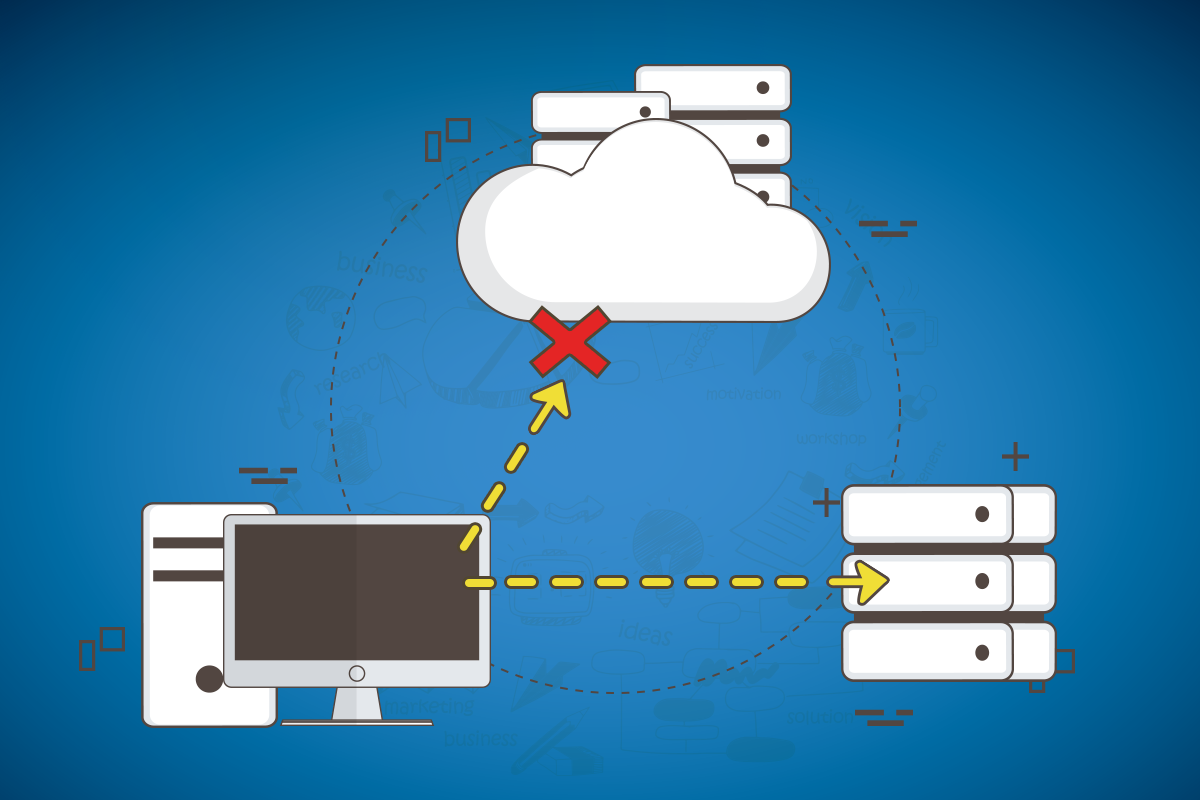
As a business owner, you might see technology as just a tool for office admin tasks: sending the odd email, keeping spreadsheets, and managing daily operations.
However, the right technology can be much more than that: it can give you an edge over your competitors and drive real growth for your business. Here are some examples of how business technology can set you apart.
Remote Working and the Cloud: Work From Anywhere
Since COVID-19, remote working has become much more common, and cloud technology plays a significant role in making this possible. Imagine accessing all your important business documents and applications from anywhere, anytime. That’s what the cloud offers.
With a cloud-based office, your team can work remotely without missing a beat. This flexibility can increase productivity, as employees can better manage their work–life balance. Plus, it allows your business to continue operating smoothly, even during unforeseen circumstances such as a pandemic or natural disaster.
Online Portals: Convenience for Your Customers
Customers today expect convenience. They want to book appointments, pay bills, and get information without calling and waiting on hold. Online portals make this possible, providing a seamless experience for your customers and saving you the cost of having someone man the phones.
If today’s “always online” generation can easily book an appointment or pay online, they’re more likely to choose your business over a competitor that requires a phone call. This convenience not only enhances the customer experience but also allows staff members to take on tasks elsewhere.
Data Visualization: Informed Decision-Making
Data is often called the “new oil” of the business world and for a good reason. Visualizing data is valuable and can transform how you run your business. Tools such as Microsoft Power BI turn complex data into easy-to-understand visuals, helping you make informed decisions quickly.
Some Hospitals use Power BI to show emergency room waiting times and capacity, which helps them manage resources effectively.
Car dealerships and mechanics display service wait times and manage their workflows similarly. As a business owner, having access to real-time data helps you spot trends, identify issues before they become problems, and make strategic decisions that drive growth.
Quoting Software: Speed and Efficiency
In the fast-paced business environment, speed and efficiency are essential. Quoting software allows your prospects to get quotes quickly, sign contracts, and make payments digitally. This makes the process smoother for your customers and reduces the time and effort required from your team.
Many prospects prefer the path of least resistance – the easiest choice. If your business provides a quick and hassle-free quoting process, you’re more likely to win their business over a competitor with a slower, more cumbersome process.
Real Growth and Revenue Boosts
It should be clear that technology is more than just a set of tools for office tasks. When used strategically, it can drive significant growth and boost your revenue.
As a managed service provider, our goal is to help you harness the power of technology. We implement these solutions, tailoring them to your business needs and goals. Don’t just think of technology as a necessity; see it as a powerful driver of your business’s competitive advantage and growth.
Give us a call, invest in the right technology, and watch your business thrive. Dial (515)422-1995 today!











